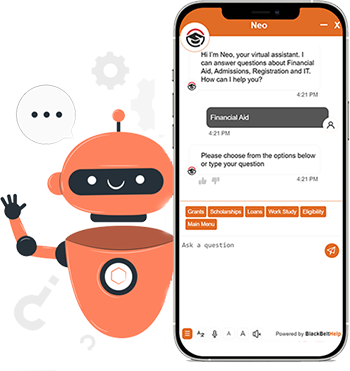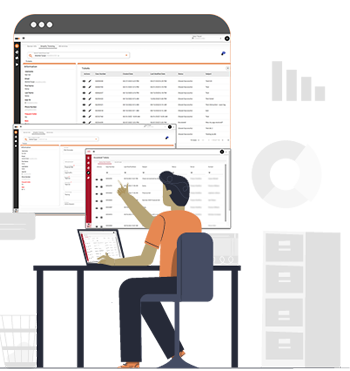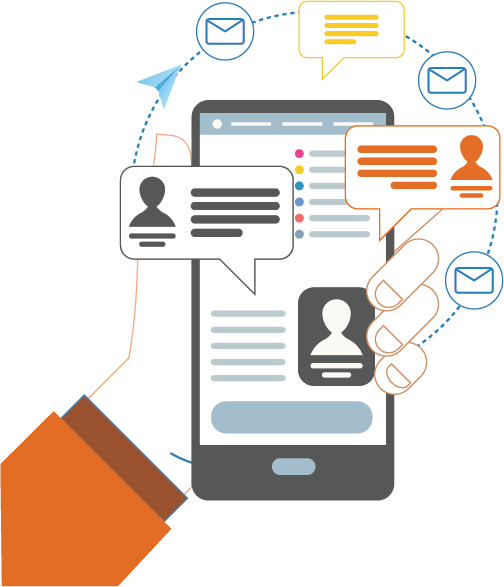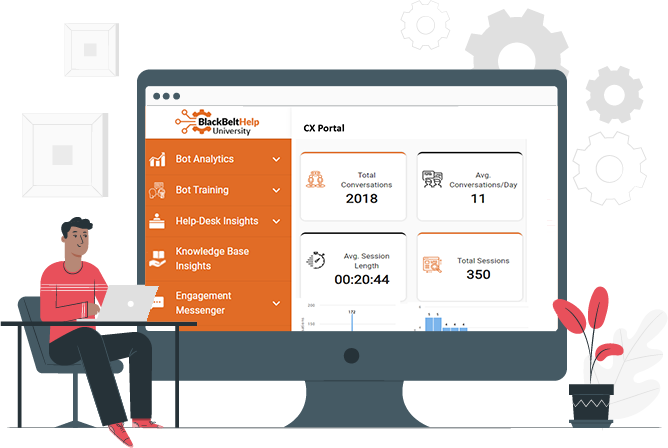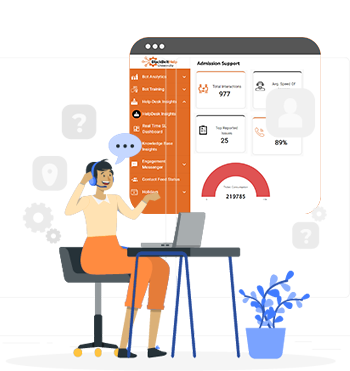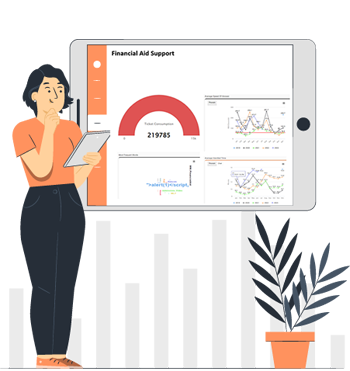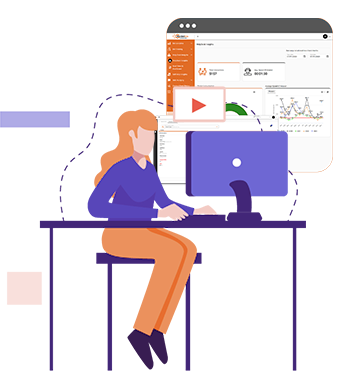Global Market for Artificial Intelligence for Higher Education to Grow by 2020
Higher education has undergone a palpable change in the past decades with the appearance of social media, smartphones, and various other technologies on the learning landscape. Artificial Intelligence is one of the key technologies in bringing about this educational overhaul. With its arrival on the scene, we are constantly moving towards smart, personalized automation which promotes productive learning behaviors.
A report by the research firm Technavio states that the global market for artificial intelligence for higher education sector is projected to grow at a CAGR (compound annual growth rate) of 39% by 2020! Not surprised? I was also not. With the rising infiltration of Artificial Intelligence technologies in all walks of life, it is only normal that education followed suit.
The question is how has AI changed higher education, if at all. Has it been welcomed with equal fervor worldwide? Is it gaining traction at the same pace across campuses globally? These questions require extensive deliberation and are beyond the scope of this article but working in the US higher education sector for the last some years, I have gained ample insight about AI’s ramifications on US campuses.
Artificial Intelligence for Higher Education-
-
For the Learners and the Instructors:
AI-powered systems are complementing in-class teaching, creating customized content, providing personalized guidance to students, and assisting teachers through intelligent moderation.
For example, Intelligent One-on-One Tutoring Systems like Carnegie Learning or Third Space Learning, uses AI technology to customize learning based on the unique needs of individuals rather than following a “one-size-fits-all” approach. AI Teaching assistants like Georgia Tech professor Ashok Goel’s Jill Watson reduce the workload of instructors while ensuring that the students have access to help at all hours without the teacher having to put in extra time.
Artificial intelligence is being used with predictive analytics to identify critical patterns that can better a learner’s or teacher’s experience. It can learn students’ habits and propose the most efficient study schedules for them. It helps teachers find gaps in their teachings and points to where students are struggling with the subject matter.
The whole premise of AI in Higher Education is centered on improving student learning and assisting the teachers in their roles.
-
For Educational Organizations:
For the educational institutions, AI’s smart automation is proving instrumental in cutting down operational costs, yielding better results, improving student satisfaction rates, and increasing their enrollment and retention rates considerably.
For example, educational institutions can adopt AI in their Help Desk Services and automate the repetitive tasks cutting down help desk costs. They can use AI to identify students at risk of attrition from their historical data and intervene in time to increase retention and graduation rates.
Besides the one-time implementation costs, AI proves to be quite cost-effective for the user-institutions. It works 24 hours, does repetitive and time-consuming tasks without losing efficiency.
The bottom-line is…
While its emergence might be sporadic, AI as technology in educational organizations is gaining traction at an unprecedented pace. It might not resolve all our systemic challenges but it is certain to help us bridge some glaring gaps in our teaching and learning methods.

